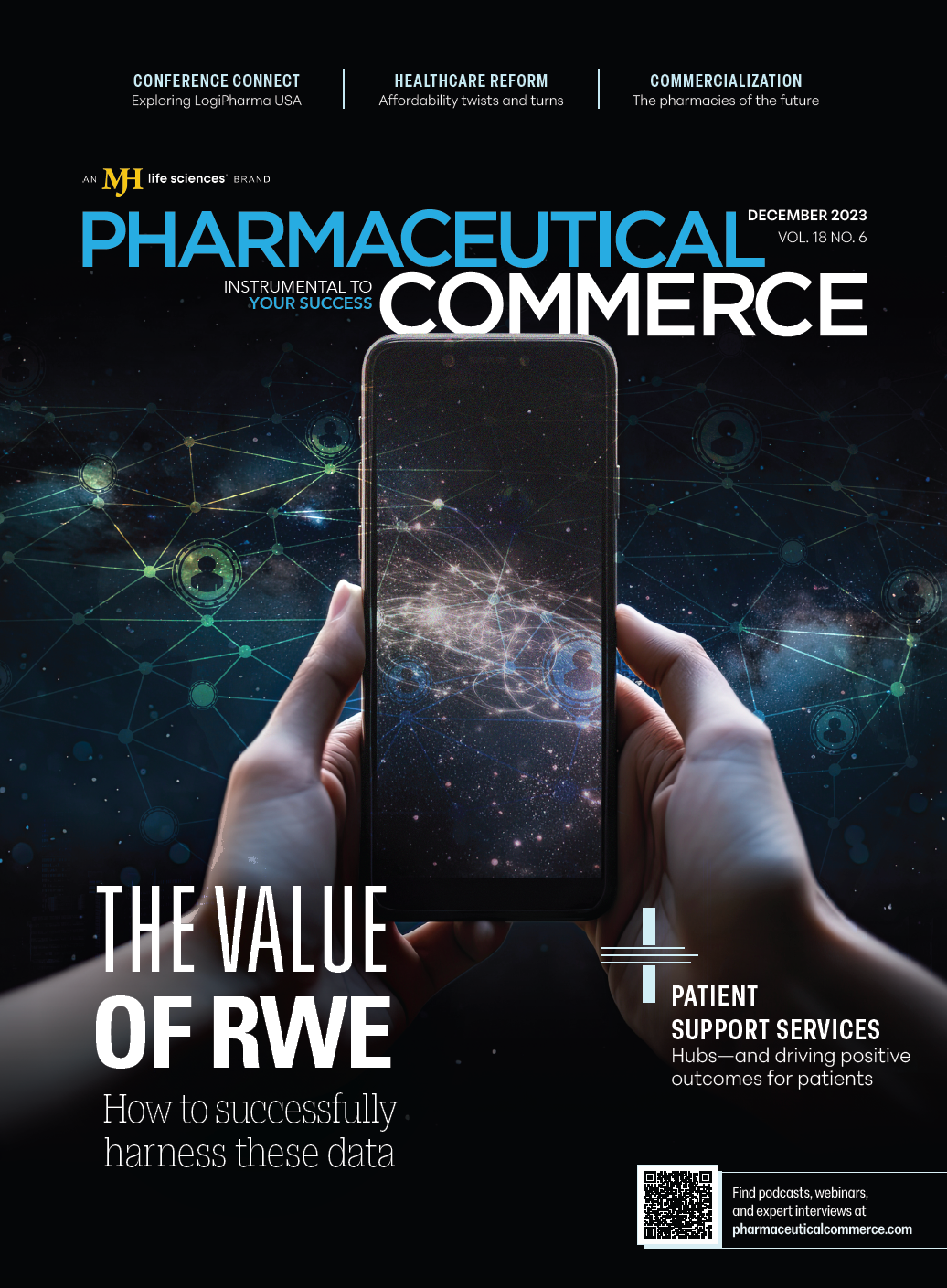Prescribing Resilience: Third-Party Risks and Pharma
What stands between pharma and other industries when it comes to remaining vigilant?

Pharmaceutical companies operate in a complex ecosystem with intricate supply chains, strict regulations, and high expectations for quality, timeliness, and trust. A single mistake, bad actor, or contaminated shipment can jeopardize years of research, substantial investments, and the availability of critical treatments, so it may come as no surprise that the industry has traditionally been adept with managing risks.
Take the pandemic for example. While many products were out-of-stock for long periods of time, pharma businesses generally kept their supply chains running, leveraging medication reserves, new delivery methods, and even their own capital to deliver medicines to markets worldwide.
Fast forward to today. Companies in this sector continue to navigate supply-chain disruptions and drug shortages, but that’s not all they’re contending with. Their suppliers source raw materials from around the world, ship resources across an interconnected supply chain, and deliver ingredients within strict service-level agreements (SLAs) for quality and timeliness. When managing these suppliers (of which there could be up to tens of thousands), these businesses must regularly assess ongoing third-party risks, such as anti-bribery and anti-corruption (ABAC), data privacy, pharmacovigilance, and more. Emerging regulatory requirements also necessitate standardized reporting processes with audit trails for both pharmaceutical companies and their third-party networks.
Pharma historically handles these types of risk and disruption well. The key to its success? A mature and robust enterprise risk management program where visibility into third-party risks is unified so that multiple teams can identify and mitigate the exact areas of threat and liability. This includes regularly re-evaluating supplier risks across various domains (i.e., cybersecurity, attribute-based access control, data privacy, etc.), and placing increased focus on the sustainable operation of their entire supply chain.
Additionally, they rely on vital partnerships to validate their drug claims, conduct clinical trials, gain government approvals, and introduce new drugs to healthcare institutions. Third-party vetting, due diligence, and active monitoring are essential to ensure ethical and responsible conduct in these partnerships.
This industry has demonstrated impressive resilience in spite of constant market challenges, resulting in invaluable lessons learned along the way. For effective risk mitigation, all industries can take a page out of the pharma playbook:
- Think big: Take a comprehensive view of their third-party risk management strategy first and select a software platform that can support the majority of them with consistency.
- Start small: Implement one or two of the most critical programs, because third-party risks and regulations will change along with compliance requirements.
- Grow fast: Expand quickly through a series of implementations that incrementally add new risk domains as needed.
Despite today’s drug shortages and the onslaught of emerging third-party risks, pharma will continue to solve healthcare challenges that might arise. Pharmaceutical companies know that supply chain disruptions happen, but they are putting the right procedures in place for mitigation: a robust, scalable, and agile third-party risk management program that can support the necessary processes and protocols required to ensure supply chains go unbroken, allowing them to instead focus on delivering quality of life.
About the Author
Dean Alms is Chief Product Officer, Aravo.
